Surviving, thriving giant panda cub at National Zoo is male
Updated: 2015-08-28 23:38
By CHEN WEIHUA in Washington(China Daily US)
|
||||||||
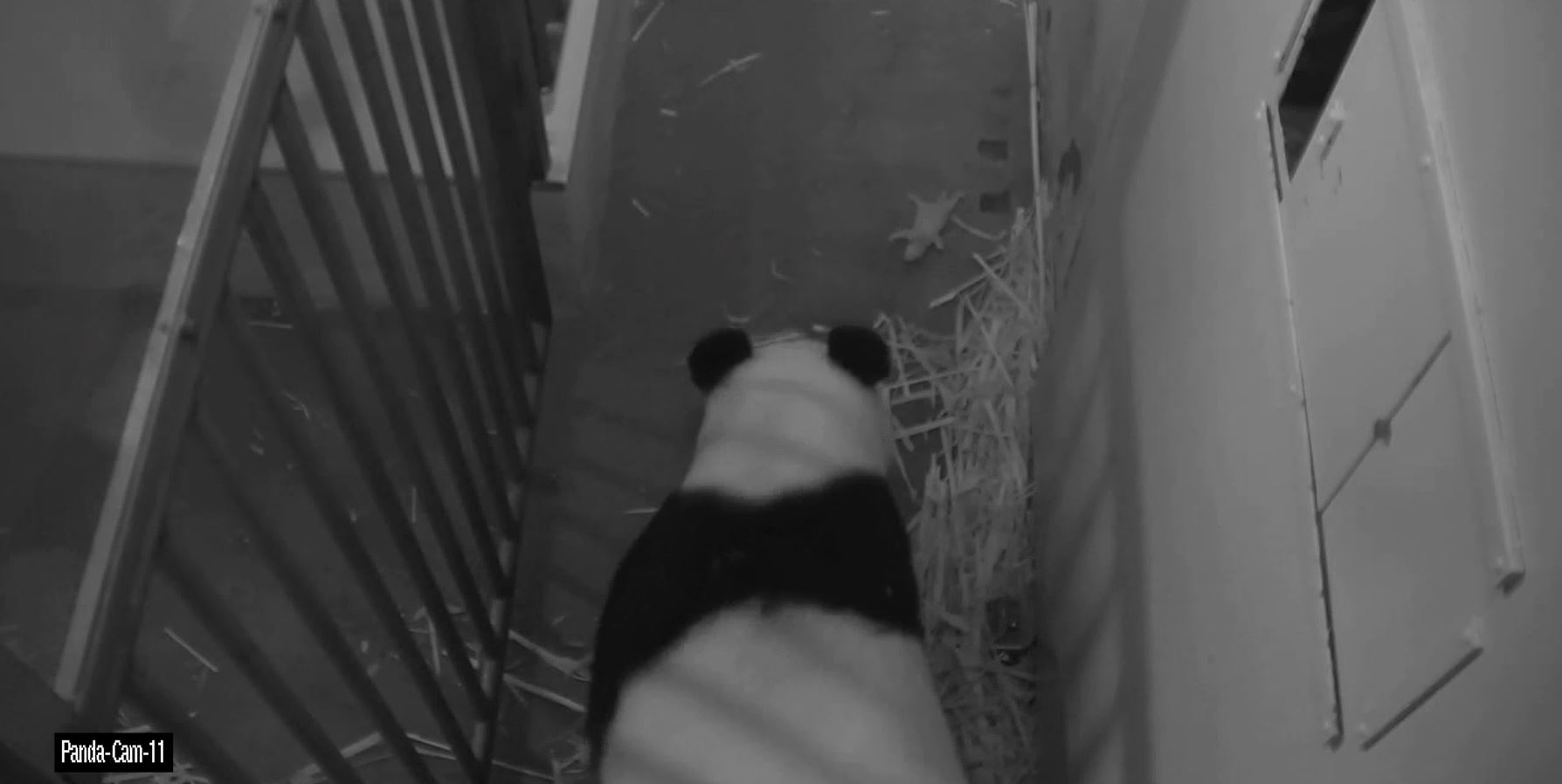 |
|
Giant panda Mei Xiang and her surving and thriving cub in the Smithsonian's National Zoo in Washington in this photo taken on Aug 28, 2015. The cub was born on Aug 22 and was announced on Friday to be a male. Courtesy of the Smithsonian's National Zoo |
The surviving and thriving giant panda cub born Aug 22 to Mei Xiang at the Smithsonian’s National Zoo is male and his father was Tian Tian.
Nancy Rotzel McInerney, laboratory manager of the Smithsonian Conservation Biology Institute’s (SCBI) Center for Conservation and Evolutionary Genetics, announced this at a press conference Friday morning.
She also confirmed that the cub deceased on Wednesday afternoon was also a male and also sired by Tian Tian at the National Zoo. The twin cubs born nearly five hours apart last Saturday were fraternal twins, meaning they came from two different eggs.
Rob Fleischer, head of the center, said they started the whole genetic process of determining the gender and father on Monday.
To determine gender, scientists at the zoo sequenced a short fragment of the zinc finger protein gene. The method was developed by SCBI scientists and veterinarians and previously determined to reliably identify the sex of pandas, according to the zoo.
“What we have learned will greatly add to our body of knowledge about artificial inseminations in pandas,” Fleischer said.
“Determining the pedigree relationships of a cub is a key aspect of helping to maintain a genetically diverse population. Our ability to assess the cub’s lineage will help our colleagues ensure that he finds a suitable mate,”
Don Neiffer, chief veterinarian at the zoo, said the thriving cub weighed 167 grams at 1:40am Friday, an increase of 27 grams in 42 hours. “We are ecstatic about that,” he said.
Neiffer described the most likely cause of the deceased panda cub on Wednesday, based on animal autopsy so far, as complications associated with aspiration of food material into the cub’s respiratory system resulting in the development of aspiration pneumonia.
The smaller cub, which died on Wednesday, was with mother Mei Xiang from about 2 pm, Aug 25, until the morning of Aug 26. When the panda team swapped the cubs, they assessed the cub and had concerns because he had not increased in weight, appeared weaker and exhibited possible respiratory issues. He died shortly after 2 pm.
Developed from the experience and success of Chinese partners and other zoos, the hand-rearing protocol provided the panda team with several strategies to manage twin cubs. Swapping the cubs between mother and hand-rearing is a proven method that enables zoo staff to best care for twins in the event that the mother cannot manage two cubs, which was the case with Mei Xiang, according to the zoo.
Mei Xiang has so far given birth to three surviving cubs, two males and one female. Taishan, a male, was born in 2005 and now lives in China for breeding purpose, while Bao Bao, born in 2013 and just celebrated her 2-year-old birthday last Sunday.
Both Mei Xiang and Tian Tian are on loans from China. The current agreement, which ends the end of this year, will be extended pending further negotiations, according to the zoo.
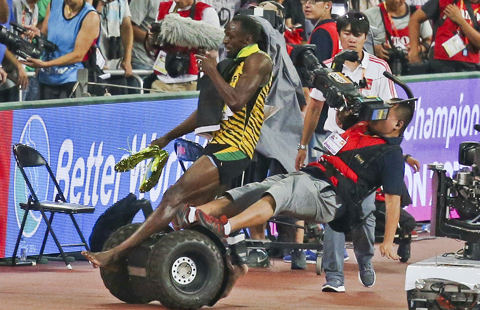
 Bolt 'somersaults' after cameraman takes him down
Bolt 'somersaults' after cameraman takes him down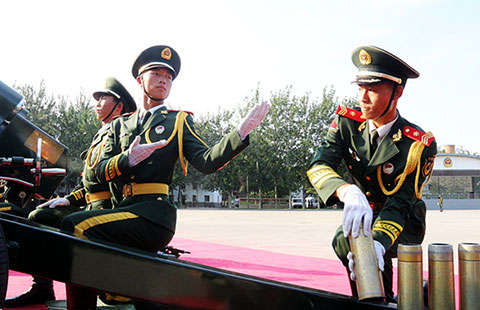
 A peek into daily drill of ceremonial artillery unit
A peek into daily drill of ceremonial artillery unit
 93-year-old's murals save Taiwan's 'Rainbow Village'
93-year-old's murals save Taiwan's 'Rainbow Village'
 Top 8 novel career choices in China
Top 8 novel career choices in China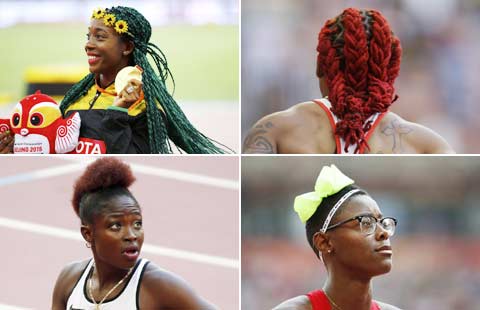
 Hairdos steal the limelight at the Beijing World Championships
Hairdos steal the limelight at the Beijing World Championships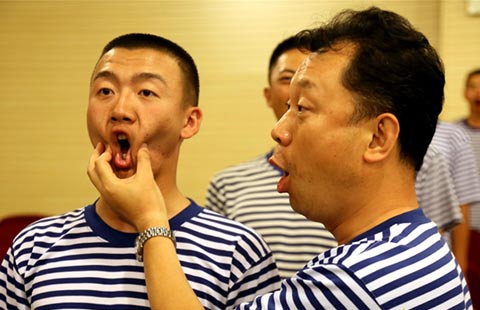
 Chorus of the PLA gears up for Sept 3 parade
Chorus of the PLA gears up for Sept 3 parade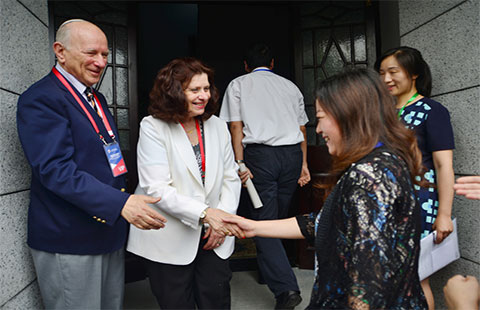
 Iconic Jewish cafe 'White Horse Coffee' reopens for business
Iconic Jewish cafe 'White Horse Coffee' reopens for business
 Beijing int'l book fair opens new page
Beijing int'l book fair opens new page
Most Viewed
Editor's Picks

|

|

|

|

|

|
Today's Top News
Surviving panda cub at National Zoo is male
China eases rules for foreigners to buy property
Ministry denies troops sent to reinforce DPRK border
Stem cell donor offers ray of hope for US boy with leukemia
All creatures great and small help keep V-Day parade safe
China not the only reason global stock markets are in a tailspin
Market woes expected to delay Fed hike
Gunman had history of workplace issues
US Weekly

|

|






